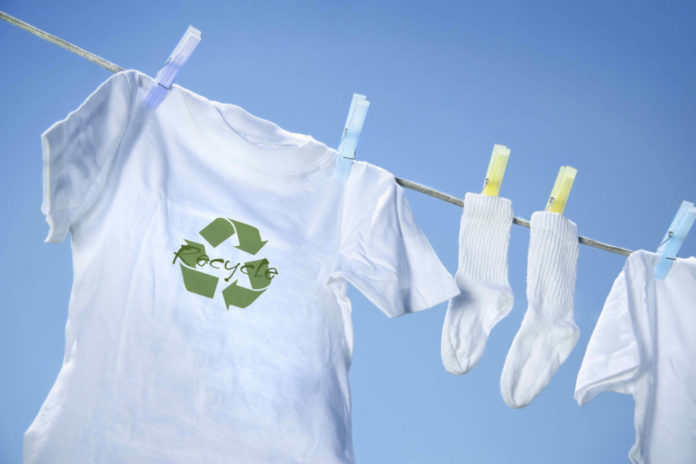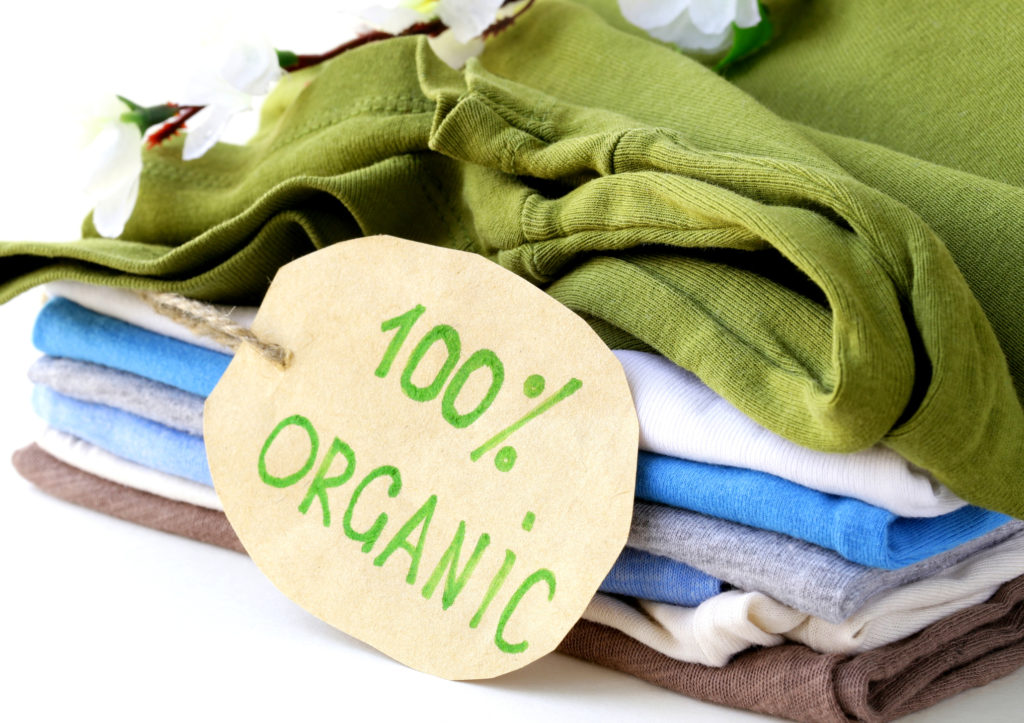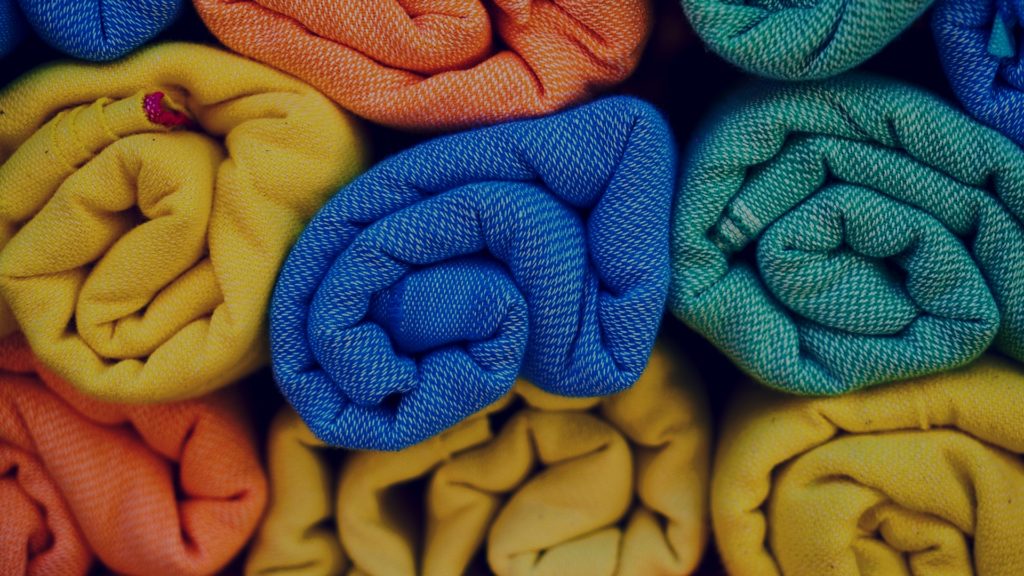
Things in the fashion industry change faster than the latest smartphone technology. Particular styles make a huge splash and then quickly get left behind. And this may be fantastic for earning potential for designers, but it can harm the environment in several ways. Many designers are becoming more aware of this problem and are taking steps to design more eco-friendly lines. But a lot more still can be done to make a difference. Here are a few ways eco-friendly clothing makes a positive impact.
Lower toxicity
Many of the natural fabrics we wear are full of heavy metals and other substances we shouldn’t be exposed to. And because our skin is our largest organ, it’s dangerous to expose it to toxic materials. It might be surprising to find out that a study conducted by the Center for Environmental Health revealed that many clothing items from popular department stores contain dangerous amounts of lead. This is why organic, recycled, and eco-friendly fabrics are becoming a popular replacement.
Furthermore, they are much easier to wash and dry. According to Pegs For Life, you can use stainless steel pegs for this type of clothes as they are much better and more durable than plastic ones.

No pesticides
The US currently uses about 50 percent less pesticide on its cotton crops than the previous generation of growers. But the nation still accounts for more than 5 percent of global pesticide sales. This means all of our cotton probably contains at least some amount of harmful chemicals. And unfortunately, these pesticides usually contain substances deemed human carcinogens. Finding manufacturers who produce vegan clothes and other types of organic clothes has become essential for our health.
The harm these pesticides do to humans when absorbed through the skin is alarming. But that’s not the only cause for concern. The poison also infiltrates our environment and makes our air toxic when we breathe it in. Reducing the amount of cotton used for textiles will reduce the amount of pesticide necessary for its growth.
Lower cost
In a world where many people don’t want to be seen wearing the same outfit twice, we’ve created a trend of somewhat disposable clothing. Many clothing items are worn once and then tossed out. But the good news about this trend is that it creates a great market for recycled wearables. Thrift stores and hand-me-downs have actually become quite fashionable among the environmentally conscious. And this, of course, makes clothing much more affordable for many consumers. Also, you’ll get a chance to wear items you may never have found before.

Healthier workers
Not only do these toxic materials pose threats to the people wearing them, but they also create huge health risks to the workers. Some of the compounds in the leather-tanning process have been found to be carcinogenic to humans — so much so, that it has caught the attention of certain health agencies. In a study conducted on leather tanneries in Kanpur, India, workers exposed to the chemicals used in the process were shown to have a higher morbidity rate than the unexposed subjects. Respiratory and gastrointestinal diseases were among the most common conditions revealed. So eco-friendly clothing is important to everyone otherwise exposed to harmful substances through their skin or the air.
Less waste
Aside from all the major health implications much of our clothing tends to present, the impact on the earth is astounding. In 2016 alone, landfills in the US received more than 10 million tons of textile waste. And only about 15 percent of that was recycled. The bulk of it that was not recycled represent the clothing in our country that will not break down naturally and will remain in our landfills for decades. Having more resources for eco-friendly clothing can help reduce America’s waste and its impact on our environment.














